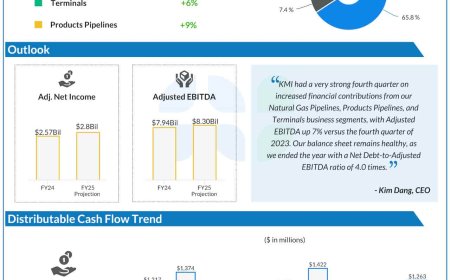Over 100 Million Wi-Fi HaLow Devices To Arrive On The Market by 2029
ABI Research’s latest whitepaper details how Wi-Fi HaLow‘s unique capabilities are already transforming IoT use cases. According to global technology intelligence firm ABI Research, Wi-Fi HaLow technology, the sub-1 GHz extension of Wi-Fi, is poised to transform the Internet of Things (IoT) market, with its adoption expected to surge from several million Wi-Fi HaLow-enabled devices ... The post Over 100 Million Wi-Fi HaLow Devices To Arrive On The Market by 2029 appeared first on IoT Business News.



ABI Research’s latest whitepaper details how Wi-Fi HaLow‘s unique capabilities are already transforming IoT use cases.
According to global technology intelligence firm ABI Research, Wi-Fi HaLow technology, the sub-1 GHz extension of Wi-Fi, is poised to transform the Internet of Things (IoT) market, with its adoption expected to surge from several million Wi-Fi HaLow-enabled devices in 2024 to over 100 million by 2029.
This dramatic growth is driven by its ability to address key connectivity challenges in various industries, including smart home automation, smart building management, connected agriculture, industrial IoT, and beyond.
“Wi-Fi HaLow offers robust, long-range connectivity with low power consumption, making it an ideal solution for whole home, building, facility, or neighborhood level IoT applications requiring reliable, scalable wireless deployments. By operating in the sub-1 GHz spectrum, Wi-Fi HaLow provides enhanced signal penetration, enabling operation of beyond 1 Kilometer (km) in certain configurations, an up to 10X longer range compared to 2.4 GHz Wi-Fi. Meanwhile, it can support thousands of devices from a single Access Point (AP), reducing deployment complexity and total cost of ownership (TCO) compared to other IoT technologies,” explains Andrew Zignani, Senior Research Director at ABI Research.
Several other additional benefits are driving the adoption of Wi-Fi HaLow. With support for multiple channel bandwidths, Wi-Fi HaLow can enable both large-scale sensor networks with more limited throughput requirements and indoor and outdoor video surveillance applications, which require significantly higher data rates of up to tens of Mbps. With low power consumption, devices can operate for months or years without frequent battery replacements, which is essential for smart homes and industrial applications. Additionally, leveraging unlicensed spectrum like conventional Wi-Fi reduces the total cost of ownership by avoiding additional subscription, network operation, or traffic charges, which can be cost-prohibitive in deploying thousands of client devices. By supporting IP natively, Wi-Fi HaLow can reduce any potential network architecture, setup, and device management challenges. Finally, Wi-Fi HaLow can help reduce the burden on congested Wi-Fi frequency bands, enhancing network performance.
“With the growing availability of Wi-Fi CERTIFIED HaLow chipsets and modules, numerous devices are now hitting the market, proving the technology’s value,” Zignani says. “Wi-Fi HaLow is gaining significant traction in sectors such as smart home automation, industrial monitoring, and video applications, with its enormous potential now starting to be realized in other verticals such as smart retail, smart building, smart cities, and connected agriculture. The global ecosystem for Wi-Fi HaLow is expanding rapidly, bolstered by ongoing chipset innovations from leading vendors, including Morse Micro, and strategic partnerships in key verticals like agriculture, healthcare, and logistics.”
Zignani concludes:
“As awareness grows, Wi-Fi HaLow will accelerate its integration into consumer and enterprise solutions, becoming a leading choice for next-gen IoT networks due to its seamless compatibility with existing Wi-Fi infrastructure. Therefore, different parts of the IoT ecosystem should look toward Wi-Fi HaLow to enable new use cases, help create valuable new services and experiences, and accelerate the digital transformation of their enterprises.”
The post Over 100 Million Wi-Fi HaLow Devices To Arrive On The Market by 2029 appeared first on IoT Business News.











































